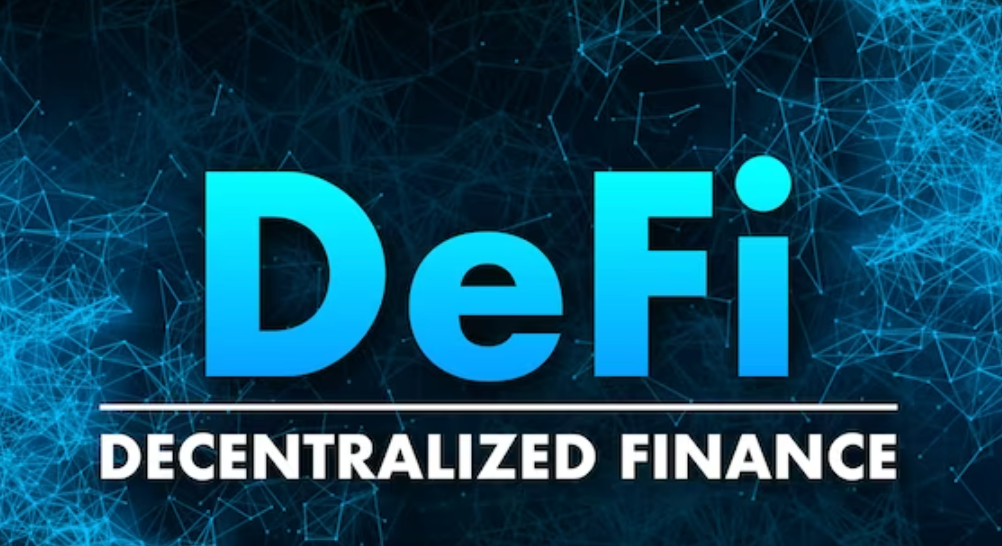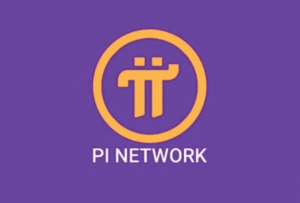$USDT $USDC #Stablecoins #Finance #CryptoNews #Banking #Monopoly #Blockchain #Cryptocurrency #DeFi #Investing #Economics #DigitalAssets
Why Are Banks Targeting Stablecoin Rewards? Could It Be to Secure Their Monopoly?
In the latest stablecoin news, we see a concerning trend emerging as major banks intensify their efforts to undermine stablecoin rewards. This situation raises questions about the motivations behind these actions, particularly as banks strive to maintain their financial monopoly.
Stablecoins, such as USDT, USDC, and USDe, have recently experienced unprecedented inflows, drawing attention from both investors and regulators. The appeal of these digital assets lies in their stability, which is designed to mirror traditional fiat currencies. However, the increasing popularity of stablecoins has not gone unnoticed by traditional financial institutions, which view them as a direct threat to their dominance in the financial ecosystem.
The Motivation Behind Bank Actions
Banks have long controlled the flow of money, but the rise of stablecoins presents a challenge to this established order. As consumers gravitate towards the benefits of stablecoin rewards, banks may feel the pressure to act. This could involve lobbying for stricter regulations or even promoting initiatives that limit the growth of digital currencies. The goal seems clear: to preserve their existing market share and suppress competition from innovative financial technologies.
The implications of these actions could be significant. If banks succeed in imposing limitations on stablecoins, it may hinder the potential for decentralized finance (DeFi) to flourish. As a result, the promise of financial inclusivity and lower transaction costs for consumers could be at risk.
Understanding the Flow of Money
Interestingly, despite the influx of capital into stablecoins, there is a noticeable trend of money moving “off the grid.” This suggests that investors are seeking alternatives to traditional banking systems. The ability to earn rewards on stablecoins is particularly attractive in a low-interest-rate environment, where banks fail to offer lucrative savings options.
Moreover, decentralized platforms allow for greater autonomy and control over personal finances. This shift in consumer behavior signifies a growing distrust towards conventional banks and their offerings, prompting them to respond defensively.
What Lies Ahead for Stablecoins?
The current landscape presents a complex interplay between innovation and regulation. As more individuals adopt stablecoins, the pressure on banks is likely to increase. Regulatory bodies may step in to create frameworks that govern these digital assets, ensuring consumer protection while also considering the implications of limiting competition.
For those interested in exploring the world of stablecoins and cryptocurrencies further, there are numerous resources available. For instance, platforms like Binance provide opportunities for users to engage in trading and earning rewards through their referral program. Check out their referral program for more information.
In conclusion, the battle between banks and stablecoins is shaping the future of finance. As banks continue to push back against the growth of stablecoin rewards, the need for a balanced regulatory approach becomes increasingly critical. This evolving dynamic will determine whether stablecoins can thrive or whether traditional financial institutions can maintain their hold on the market.
For ongoing updates on cryptocurrency developments, visit our crypto section to stay informed.







Comments are closed.